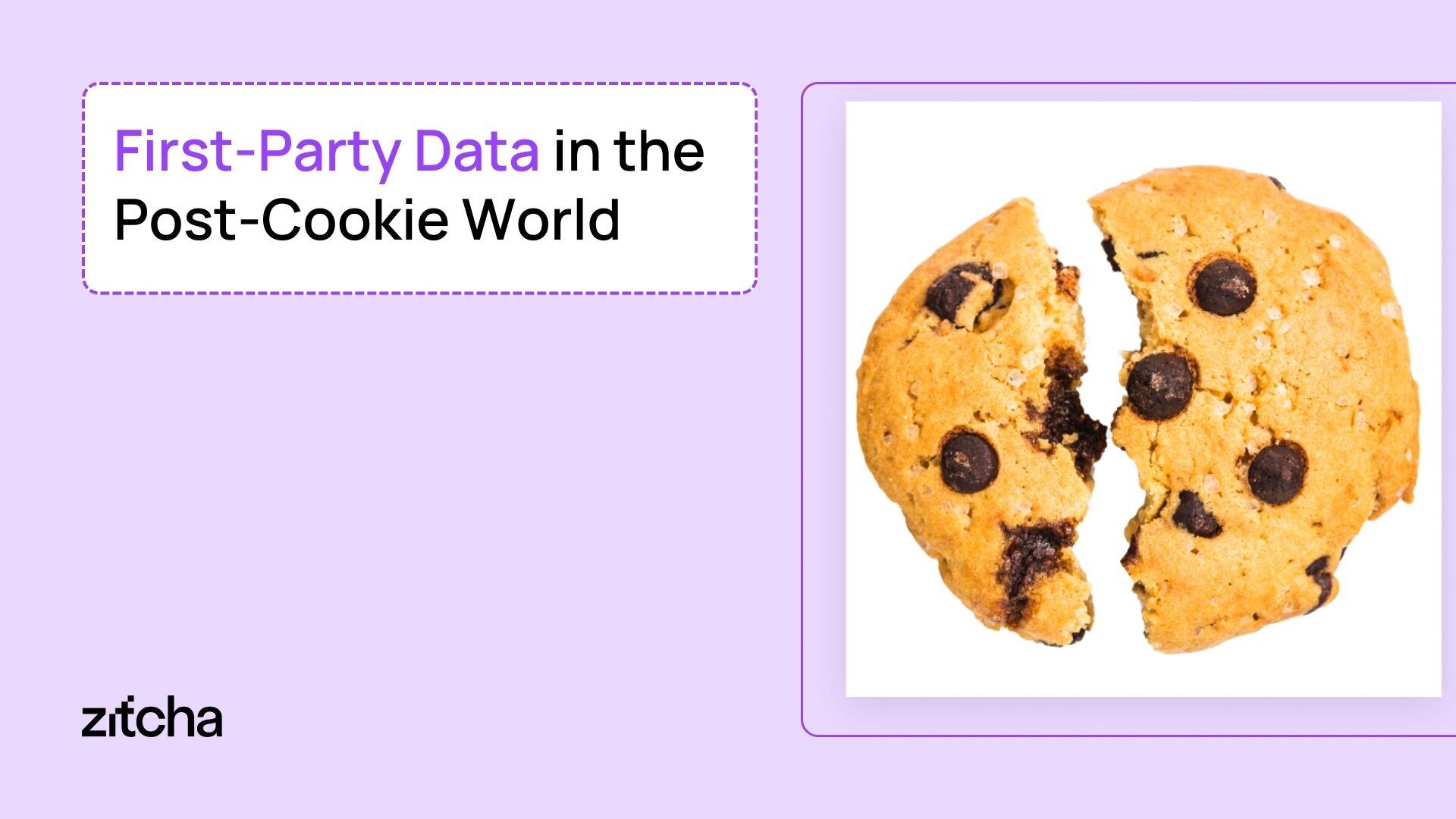

Written by Troy Townsend, CEO Zitcha
The “Cookie Crumble” (the deprecation of third-party internet cookies) will usher in a new paradigm when it comes to the retail media landscape. So far, media and advertising giants such as Google and Meta (Facebook) have dominated the space with third-party internet cookies which are small bits of code that track online activity.
HOWEVER, COOKIES ARE ON THEIR WAY OUT
with legislation such as the General Data Protection Regulation (GDPR) in the EU and the California Consumer Privacy Act in the U.S. Using data collected by tracking consumers online has become the foundation for most online advertising, but with the cookie being put out to pasture, retailers could be positioned to become the next major media giants in the post-cookie world.
The Cookie Crumble is well underway with browsers such as Safari and Firefox no longer supporting third-party cookies as of 2022. Chrome, Google’s browser, is dragging its feet a bit, having pushed their timeline. The second quarter of 2024 is Google’s new cookie deprecation schedule, noting that it needs time to test Privacy Sandbox, its new privacy technology.
First-party data, which is information on customers gathered directly by retailers, will be the lifeblood of this new age.

LEVERAGING FIRST-PARTY DATA
First-party data, which is information on customers gathered directly by retailers, will be the lifeblood of this new age. However, drawing true value from first-party data can be a technical challenge for retailers forced to compete with tech giants. First-party data is most useful when it’s recent and tied to a specific event.
For example, a recent purchase of toothpaste can give a good idea of when a brand should start advertising toothpaste to a specific customer, shortly before an anticipated next purchase. That valuable data could be purchased by the brand from a retailer. Alternatively, it allows targeted advertising for complimentary products such as mouthwash or dental floss. So, that toothpaste data is beneficial to not only that specific brand, but to brands in the same oral care vertical. Finally, it could be valuable information to a competitor aiming to entice a customer to switch brands.
Of course, this example focuses on only the retailer’s website, which is just one piece of the puzzle. Ideally, the leveraging of first-party data should extend out to social channels as well. The key is to maintain control of the data while integrating all channels and pooling data for insights across the board. This can be challenging to pull off for a retailer trying to manage it all themselves, but the result is a better media offering, better targeting and more complete knowledge of the audience, all without the retailer losing their position on the new throne of data.
Advertising titans such as Google and Meta (Facebook) have created demand and tremendous revenue using cookies. However, now that the cookie is crumbling, new strategies and tactics will need to be adopted that lean on first-party data. Unfortunately, a common tactic among those who have gotten too comfortable with success in the cookie era is to treat first-party data like yesterday’s third-party data – just selling it off as second-party data through agencies and brands. This is essentially robbing Peter to pay Paul, and demonstrates a lack of consideration for the true value of this data in favor of monetizing as much as possible. Retailers would be wise not to sacrifice the long-term and sell everything off when there’s much greater value to be had by holding those cards and playing the long game.
SUCCESS IN THE POST-COOKIE WORLD
Finding success in the post-cookie world means knowing how to get the most out of first-party data. Retail media is all about sitting on owned assets and connecting data lines across previously untapped spaces. Cookies served as proxies for people, but they were ultimately imperfect. By contrast, first-party data is much richer and can be bound into a much more complete picture of a person, ideally in the form of a well-developed single customer view.
For most retailers, this will be a years-long journey as they come to understand the methodology and achieve visibility and comprehension of their data. But precisely because it will be a long one, that journey should start as soon as possible. Retailers that aren’t paying attention now will fall behind and lose their opportunity to compete with big names like Google and Meta. Retailers that want to stay ahead of the game will start making plans now to collect and capitalize on the information that customers are providing simply by shopping.


